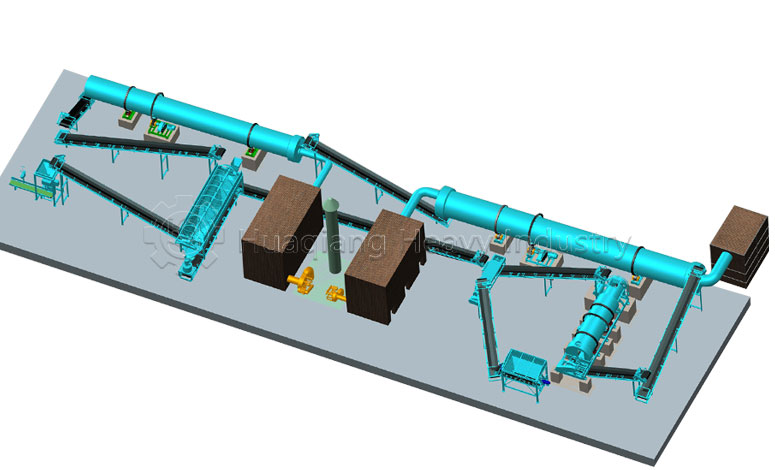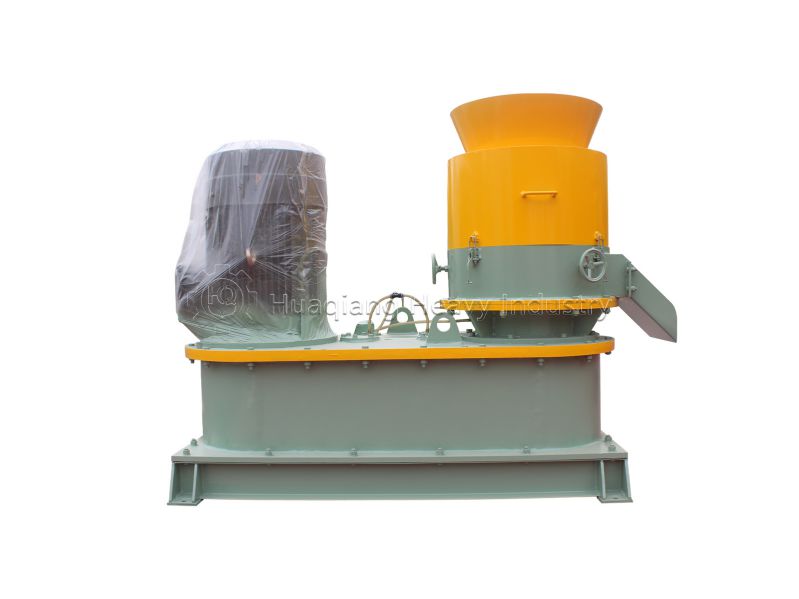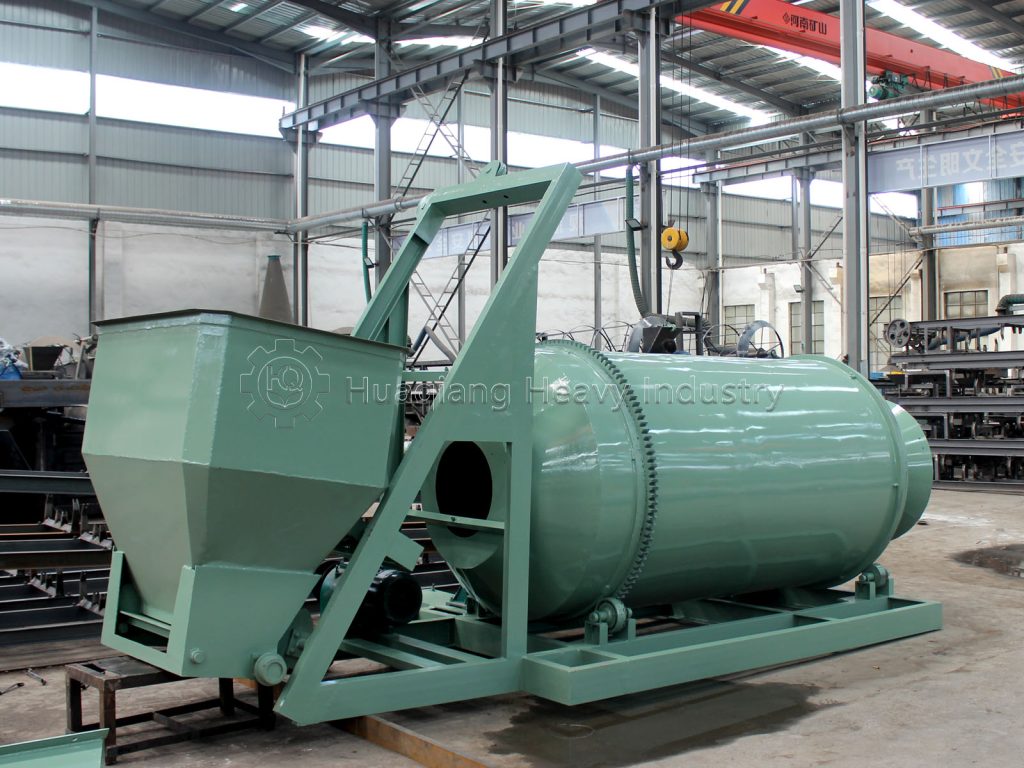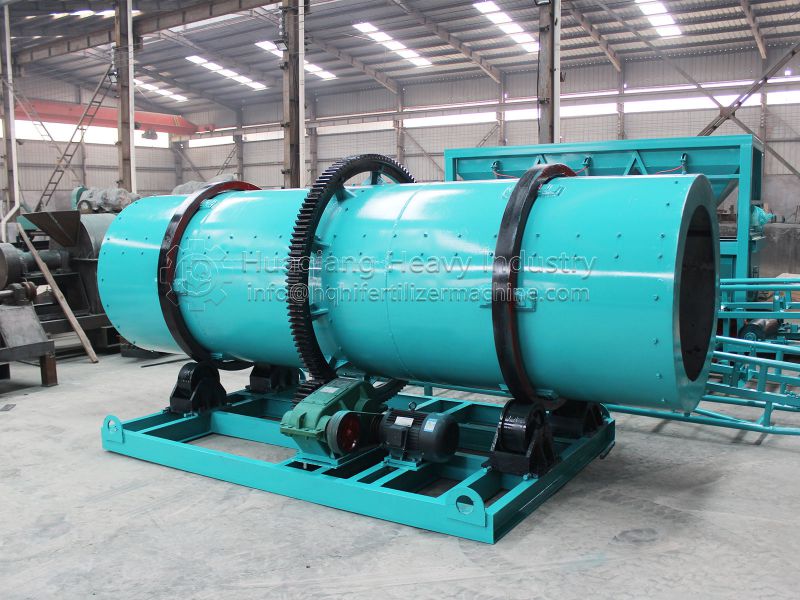Double roller press granulators are an efficient and stable choice for fertilizer granulation
In fertilizer production, the granulation process directly impacts fertilizer application convenience, storage stability, and nutrient utilization. Due to its unique technological advantages, double roller press granulators (commonly known as fertilizer compaction machines) are the preferred equipment for many production scenarios. They can transform a variety of fertilizer raw materials into uniform granules without complex pretreatment, offering both adaptability and practicality.
The operating principle revolves around “physical extrusion.” Crushed and mixed fertilizer raw materials are conveyed between two pairs of counter-rotating extrusion rollers at the core of the equipment. Under pressure from the roller surfaces, the raw materials are compressed into continuous flakes. These flakes then enter a crushing unit, breaking them into irregular particles. Screening equipment then selects the finished product that meets the required particle size.

The core advantages of double roller press granulators lie in their flexibility and energy efficiency. Requiring no binders, granulation relies solely on the raw materials’ inherent physical properties, preserving the natural properties of organic fertilizers or the nutrient purity of compound fertilizers. This eliminates the high-temperature drying step required in traditional granulation. Whether processing organic fertilizer, compound fertilizer, or functional bio-fertilizer, stable granulation can be achieved by simply adjusting parameters such as extrusion pressure and roller speed, providing an efficient solution for fertilizer production.








